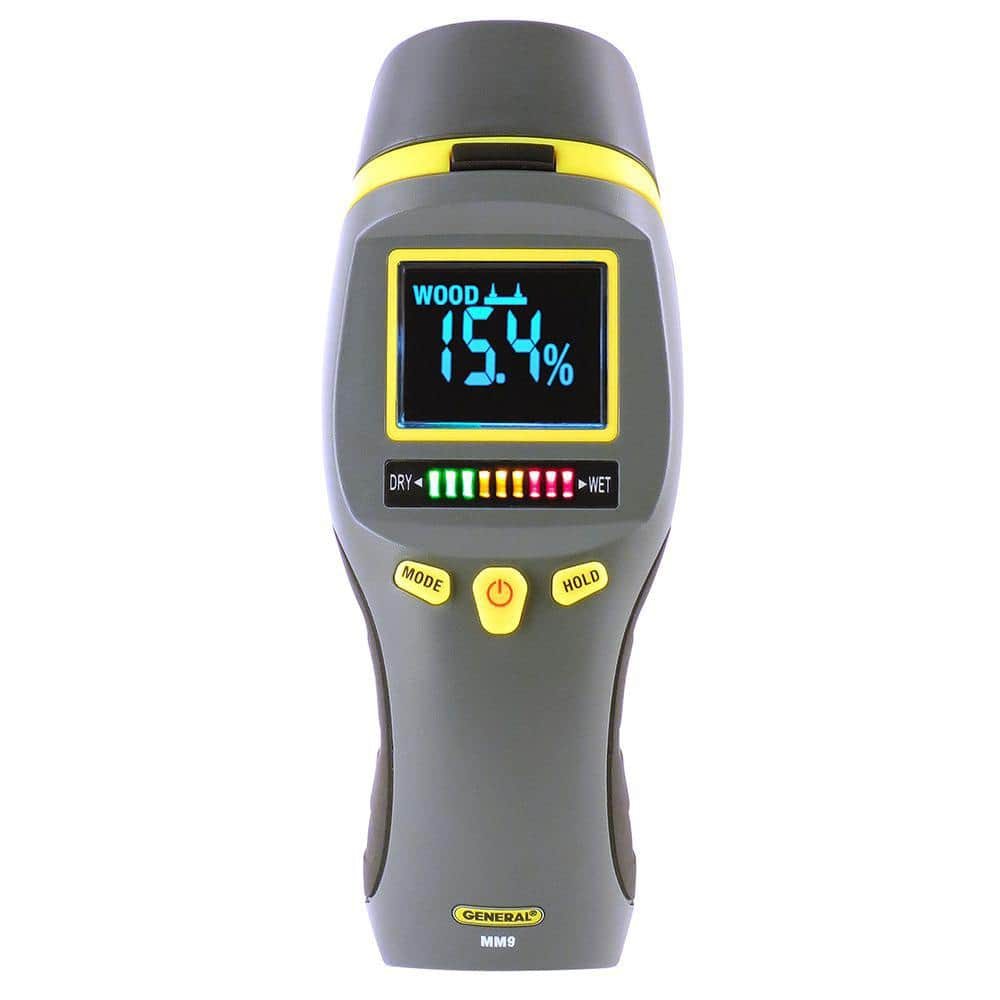The Ultimate Overview to Selecting the Right Moisture Meter for Your Requirements
Explore the Globe of Moisture Meters: Whatever You Required to Know
In the world of moisture meters exists a globe of precision and functionality that frequently goes unnoticed. Recognizing how moisture meters operate, the different types readily available, and their diverse usages can lose light on their significance in ensuring top quality and efficiency.
How Moisture Meters Work
Moisture meters operate by determining the electrical conductivity or capacitance of materials to determine the dampness material existing. These meters are important devices across numerous markets, consisting of woodworking, building and construction, and agriculture. By using different techniques such as pinless or pin-type technology, moisture meters offer exact readings that assist experts make informed choices.
Pin-type moisture meters function by placing the sharp pins right into the material being checked. The electrical conductivity in between the pins is after that measured, with greater dampness levels causing raised conductivity. Moisture Meter. On the other hand, pinless wetness meters use electromagnetic signals to check a bigger location without creating any damage to the product's surface. These meters are suitable for promptly analyzing wetness levels in huge areas or ended up products.
No matter of the method utilized, wetness meters play a critical function in protecting against issues such as mold growth, structural damage, or product defects created by excess dampness. Recognizing exactly how these meters work is essential for guaranteeing the top quality and integrity of products in numerous applications.
Kinds of Moisture Meters
Offered the crucial role dampness meters play in various sectors, it is important to understand the various kinds readily available to professionals for properly examining moisture levels - Moisture Meter. There are largely 2 primary sorts of dampness meters: pin-type and pinless moisture meters

On the other hand, pinless dampness meters make use of electromagnetic sensing unit plates to scan a bigger area of the product without triggering any kind of damages. This type appropriates for swiftly scanning large areas and is commonly utilized for flooring, walls, and ceilings. Pinless meters are convenient for taking readings on finished surface areas without leaving any kind of visible marks.
Both sorts of wetness meters have their benefits and are picked based on the details needs of the task handy. Understanding the distinctions between these kinds is essential for specialists to make precise moisture evaluations.
Applications Throughout Industries
With diverse capabilities, moisture meters discover widespread application throughout different industries, helping experts in making sure ideal conditions for materials and structures. In the agriculture industry, moisture meters are vital for determining the moisture material in grains, seeds, and hay, ensuring quality assurance and protecting against mold development. Building and construction professionals rely upon dampness meters to evaluate the moisture levels in structure products like concrete, drywall, and timber, which is critical for maintaining structural integrity and stopping problems like rot or mold and mildew. The flooring industry utilizes wetness meters to measure the dampness web Source content in subfloors prior to installing numerous flooring, stopping costly problems due to excess dampness. Additionally, in the food industry, wetness meters are made use of to keep an eye on and manage moisture degrees in items such as grains, nuts, and dried fruits to keep freshness and high quality. In addition, dampness meters play an important function in the restoration and damage control market by helping specialists attend to and determine water damages in structures without delay. Throughout these varied sectors, moisture meters are essential devices for making certain the quality, safety and security, and longevity of different products and products.
Tips for Making Use Of Wetness Meters
Utilize the wetness meter's calibration settings to make sure precise readings when measuring the moisture content in various materials. Calibration is essential for the correct performance of a dampness meter. Before each usage, it is recommended to examine and change the calibration settings according to the specific material being evaluated. Furthermore, ensure the meter is readied to the right moisture array for the material you are measuring to obtain the most exact results.
When utilizing a pin-type moisture meter, insert the pins to the proper depth advised for the product being evaluated. This ensures that the dampness analyses are taken from the right depth within the material, providing a much more accurate depiction of its wetness content. For pinless moisture meters, bear in mind to maintain correct contact with the material's surface area to get trustworthy readings.
Routinely check and replace the batteries in your moisture meter to stop inaccurate analyses as a result of low power. When not in usage to lengthen its life-span and keep its precision, Shop the meter in a dry and safe area. By adhering to these suggestions, you can make best use of the performance of your dampness meter and acquire accurate moisture web content dimensions across various products.
Upkeep and Calibration
To ensure the precision of wetness material dimensions, normal maintenance and calibration of the wetness meter are essential steps in its appropriate performance. Calibration readjusts the moisture meter to make sure that it supplies reputable and regular results.
Calibration must be carried out occasionally, specifically if the moisture meter is utilized frequently or in critical applications where specific measurements are called for. By keeping and calibrating the dampness meter consistently, individuals can trust the precision of the dampness web see post content measurements gotten.
Verdict

To conclude, wetness meters play an important duty in various industries by accurately measuring the moisture content of products. Comprehending just how these gadgets work, the different types available, and appropriate upkeep and calibration are vital for acquiring reliable outcomes. Whether in agriculture, building and construction, or manufacturing, using wetness meters assists make certain high quality control and efficiency in processes.

In conclusion, dampness meters play a vital function in different sectors by precisely determining the moisture content of products.